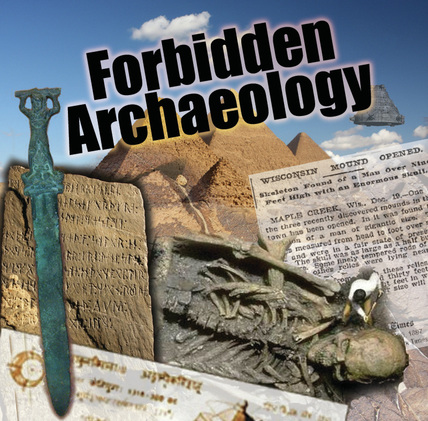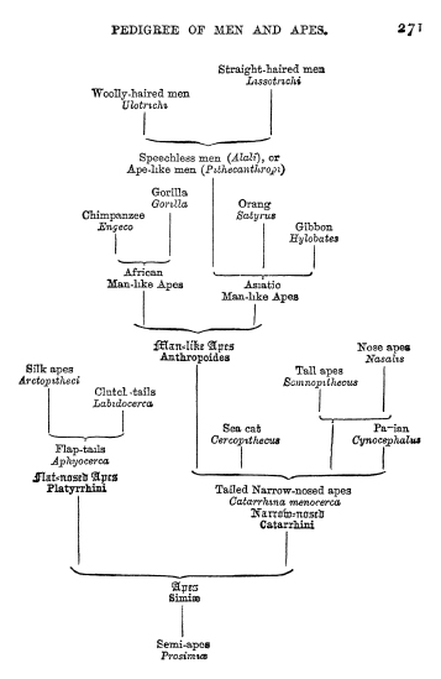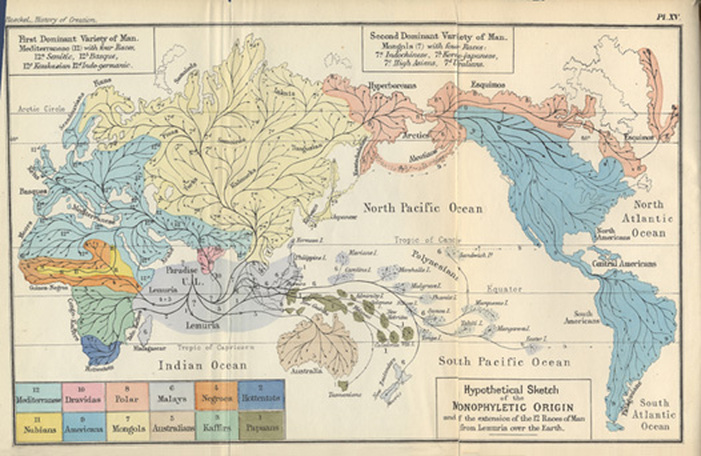
As anyone who has ever created a syllabus from scratch knows, there comes a point when the rubber meets the road and you have to cease thinking vaguely and start nailing down the specifics. I've still got a few more nails to drive in (you'll notice some "TBA's" in the day-by-day readings, and I'm still working on a couple of additions to the guest list), but this is more or less what we'll be driving this semester. Yes, I know I'm mixing metaphors. It's been a long day. One of my kids woke me up at 2:30 and then again at 3:30 and I wasn't able to get back to sleep afterwards.
I got several offers of guest participation that I won't be able to fully capitalize this time around. If you emailed me about the class and I haven't gotten back to you yet, I sincerely apologize. As I've mentioned before, the students will be writing several blog posts. I hope that several of you that I was not able to include as formal "guests" of the class will perhaps be willing to work with one or more students individually. I'll be in touch!
Finally, I'm sure some of you out there will, for whatever reasons, be unhappy with what the students will be reading. And I'm sure some of you will tell me about it. Keep in mind that I did not chose readings to provide "answers." I chose them to illustrate points, show contrasts, spark questions, and provoke arguments. While we will be discussing and dissecting some of the readings quite closely in class, others are there simply for background. I'll learn a lot about what works well and what doesn't as I get to know the students and we work our way through the course.
Stay tuned!





 RSS Feed
RSS Feed
